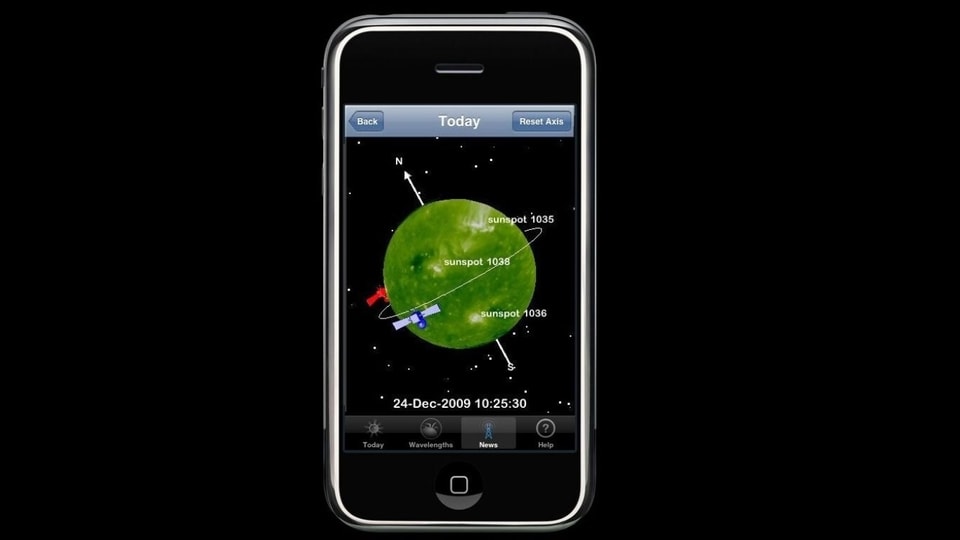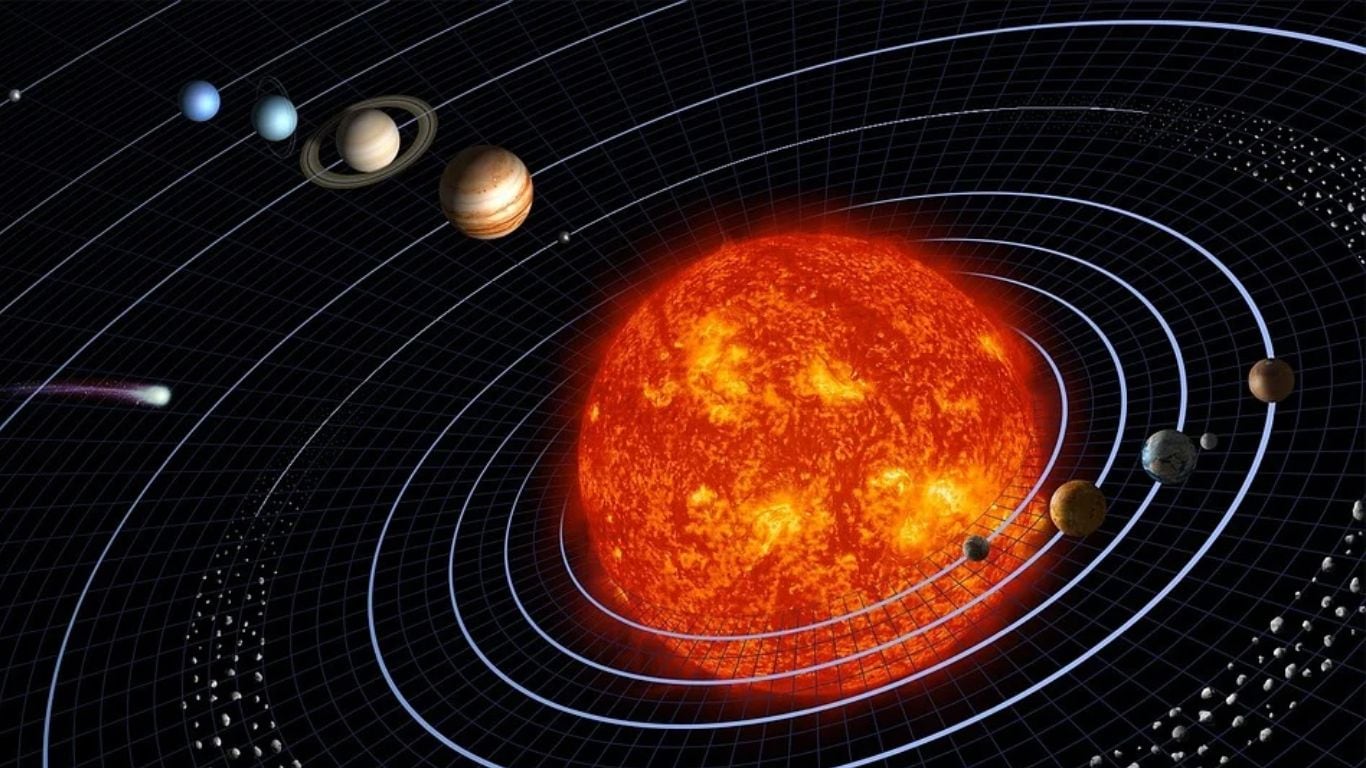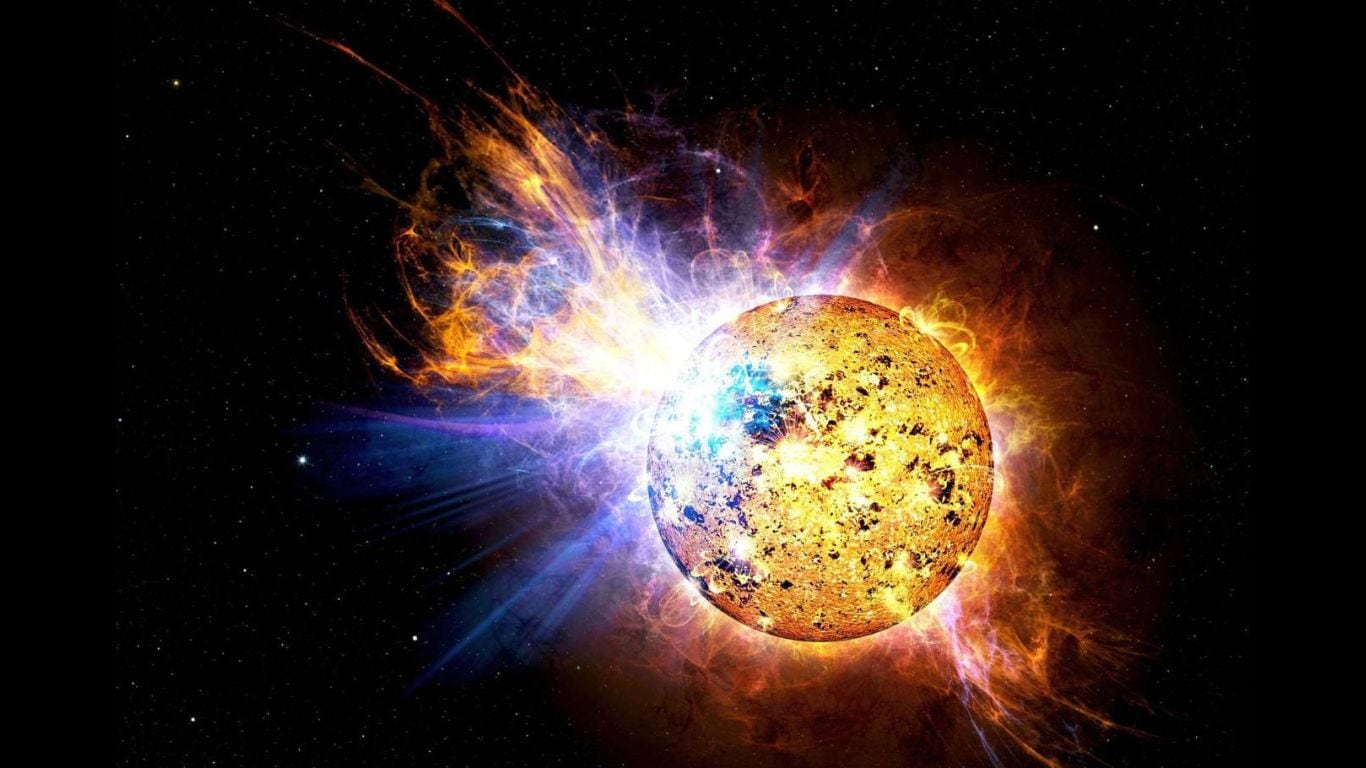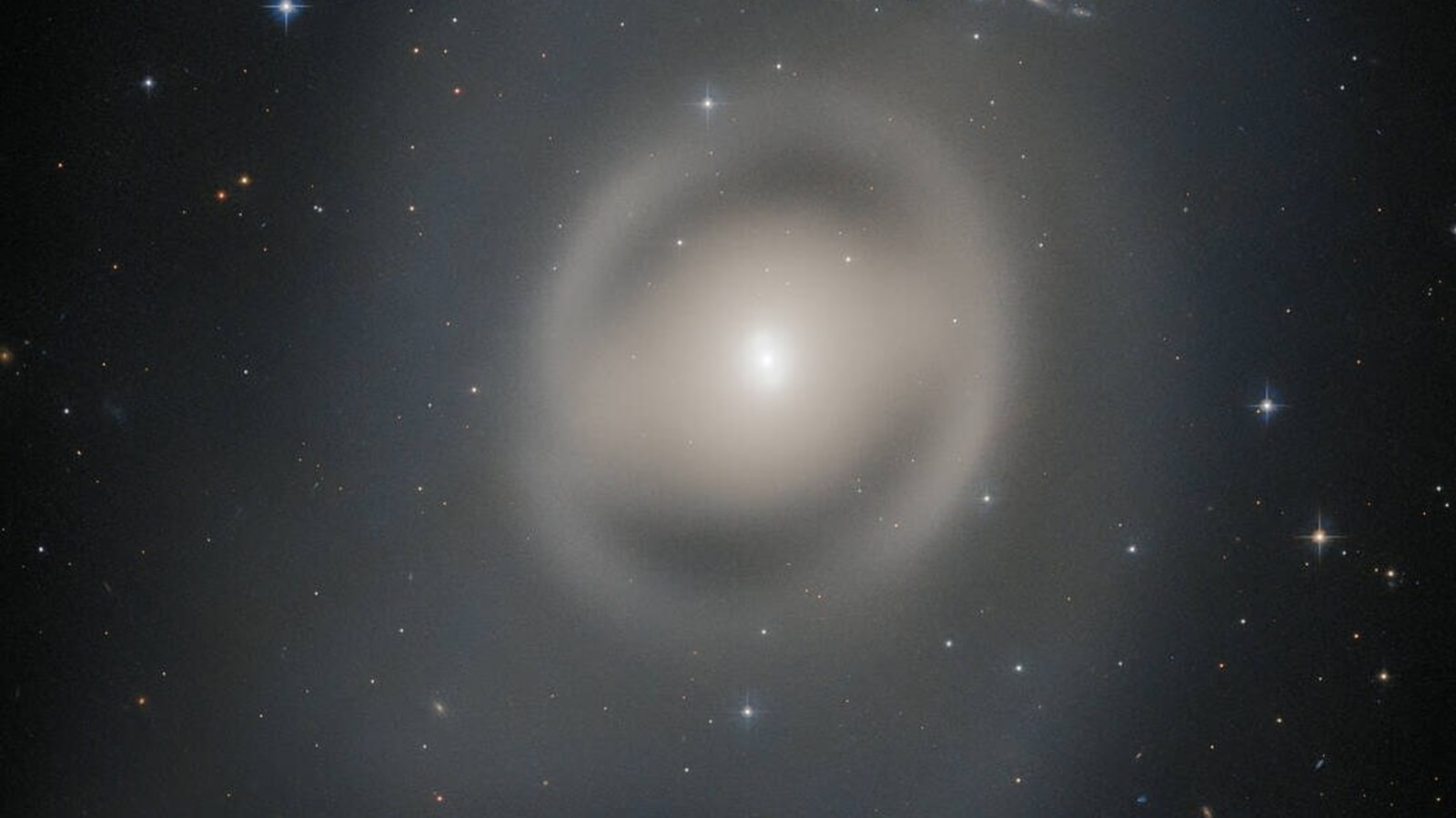Hubble Space Telescope captures NGC 6684; Check how it looks like
Galaxy NGC 6684 is about 44 million light years away from Earth.







 View all Images
View all ImagesThe universe is filled with odd and special things that continue to shock and interest us regularly. Now, thanks to NASA's Hubble Space Telescope, we've discovered a different and troubled planet. However, Hubble isn't just for nice pictures. Throughout the years, it has collected lots of data, helping us learn important things about the universe. It has looked at stuff nearby like the moon and really far away galaxies. It's also watched things like exploding stars and cloudy areas in space.
Ghost like hazy galaxy
Recently, The NGC 6684 galaxy, shaped like a lens, was captured by Hubble Space Telescope. This galaxy was photographed using Hubble's Advanced Camera for Surveys and is about 44 million light years away from Earth. It's located in the Pavo constellation, which means "peacock" in Latin. Pavo is a group of stars in the southern sky, and it's one of four constellations called the Southern Birds.
According to a report by NASA, Lenticular galaxies, like NGC 6684, have a big flat part but don't have clear curvy arms like the Andromeda Galaxy. This makes them kind of in-between round galaxies and curvy galaxies and gives them a hazy, faint look. NGC 6684 doesn't have the dark dusty lines that go through other galaxies, which makes it look even more ghostly.
The picture's information was collected as part of a big survey called "Every Known Nearby Galaxy." The goal is to study all the galaxies within 10 megaparsecs (that's around 32.6 million light-years) that the telescope hasn't looked at yet. Hubble had already checked out about 75% of these galaxies before this project started. Doing this survey will help us learn more about the stars in many different kinds of galaxies and where they live.
What Hubble Space Telescope captured before NGC 6684?
As we reported earlier, European Space Agency shared a mesmerizing picture of a galaxy called NGC 6822, before NGC 6684.This galaxy is the closest one to our Milky Way. The picture was taken by special cameras on the James Webb Space Telescope. Even though NGC 6822 is very far away, about 1.5 million light-years, we can see some details in the picture.
Scientists can learn about how stars grow and how dust in space works by studying galaxies like this one. It helps us understand how the universe was when it was very young.
Catch all the Latest Tech News, Mobile News, Laptop News, Gaming news, Wearables News , How To News, also keep up with us on Whatsapp channel,Twitter, Facebook, Google News, and Instagram. For our latest videos, subscribe to our YouTube channel.





























